Expert mobility coach shares the 4 tricks he uses with his mom to boost longevity and reverse aging
4 coach-backed exercise methods for boosting longevity
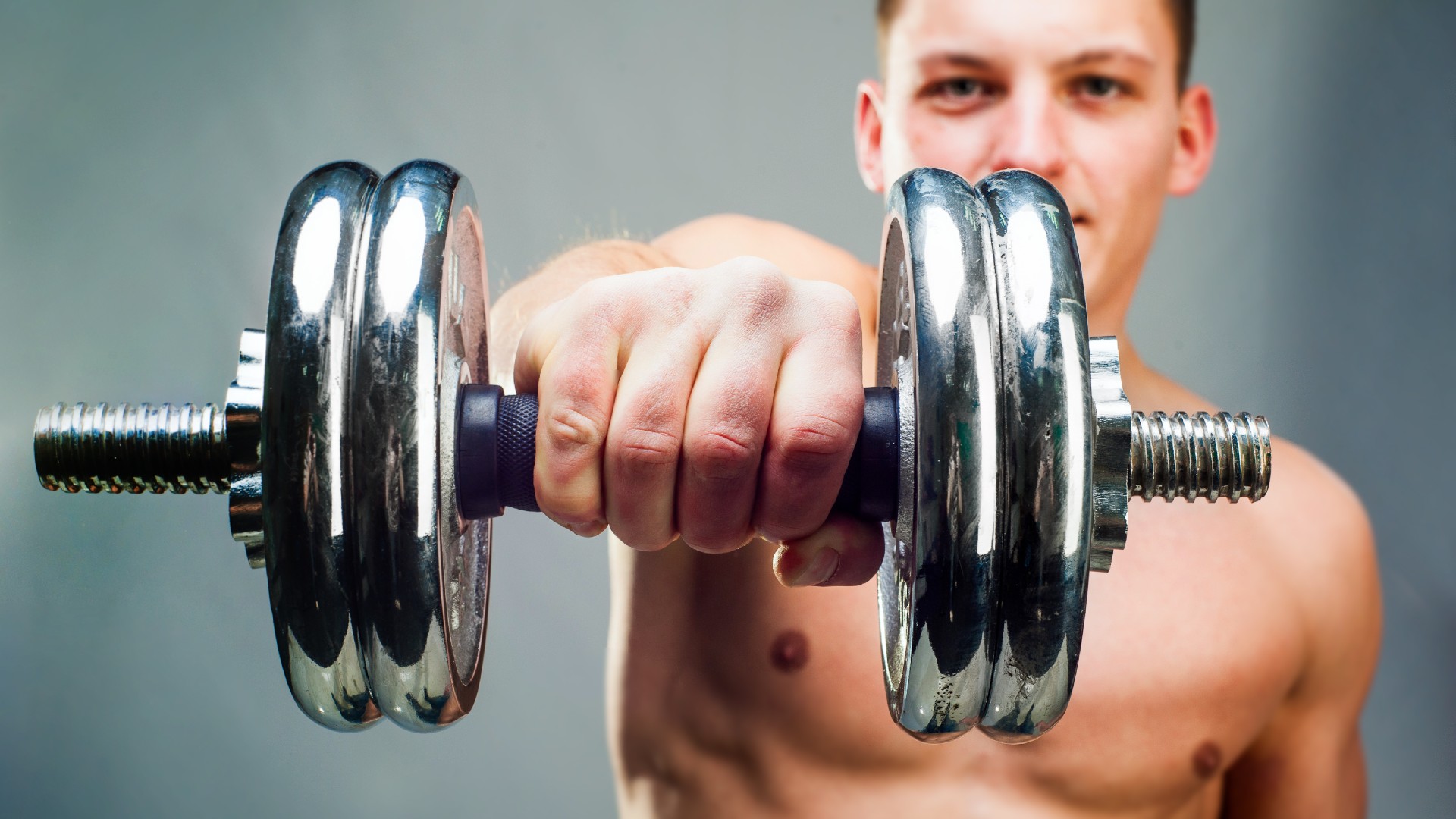
I train my dad, who is in his 70s; we do two one-hour sessions per week, starting with mobility exercises and then moving into weightlifting. So, when I hear about other coaches training their parents, it piques my interest and makes me happy.
Although sarcopenia — the loss of muscle mass — accelerates after 50, it doesn’t spell the end for your body. You can boost longevity and increase and maintain lean muscle mass and bone density through a consistent exercise program — you just need to know what to do and what works for your body.
I’m obsessed with The Knees Over Toes Guy, who specializes in reducing knee pain through exercise and runs an online coaching program called ATG. He shares four exercise methods he uses with his mom to increase longevity and help anyone live better (and younger).
What's the secret to longevity?
My dad’s exercise program includes weightlifting, compound exercises and mobility work, and I’m not surprised to see a similar approach here.
Maintaining mobility and as much range of motion as possible in the joints is crucial as you age, as is resistance training to maintain muscle mass and prevent atrophy.
Here are the methods discussed in the video.
1. Resist from the ground
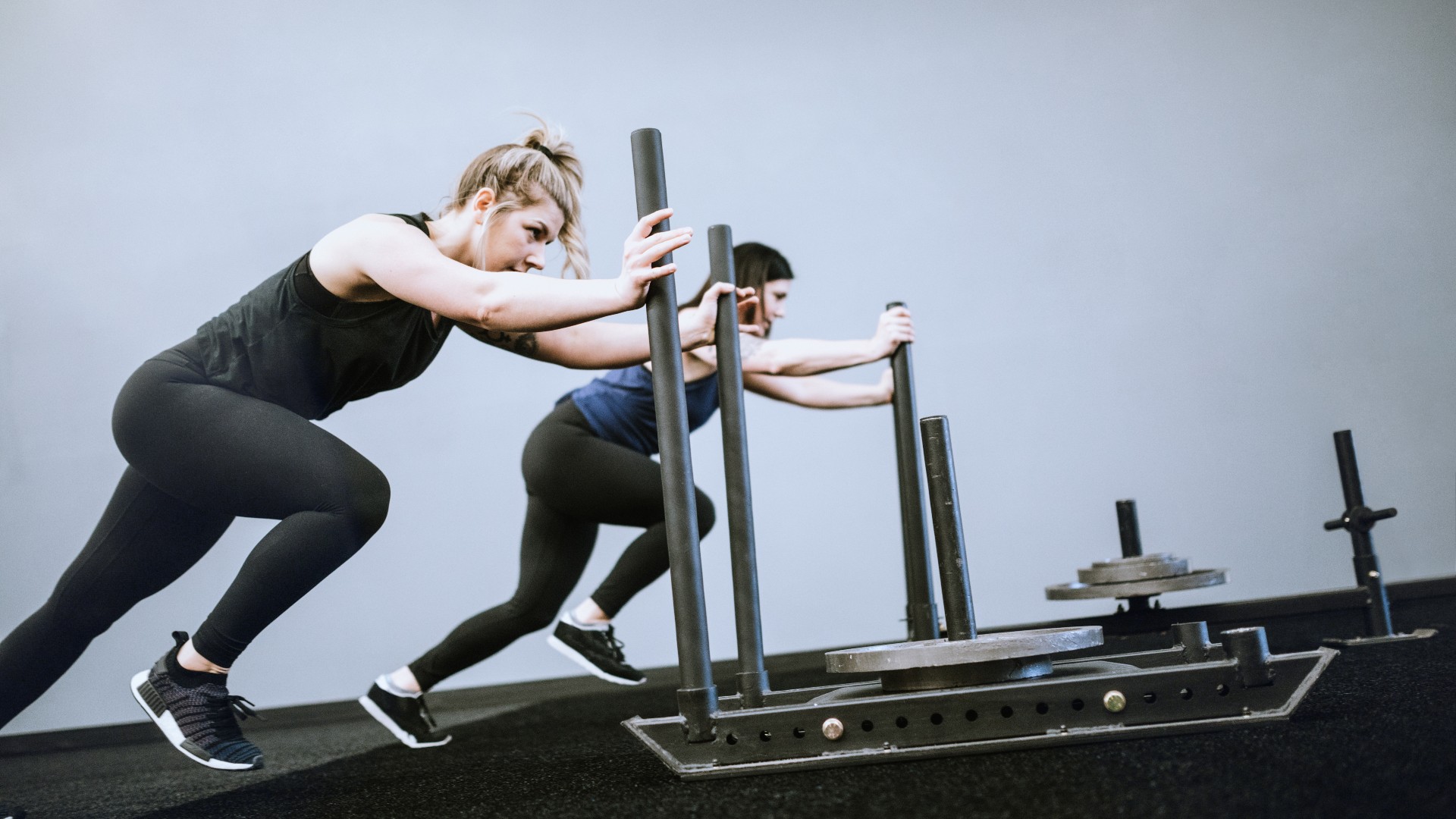
Don't worry, you don't have to push or pull very heavy weights to benefit from this one.
Get instant access to breaking news, the hottest reviews, great deals and helpful tips.
It should be used as a foundation and can include sled or resisted treadmill training. Simply, it means powering up the legs and working the hips, core, glutes, quads, hamstrings, and calves.
This is great for increasing your heart rate and also boosting circulation as you work your legs through resistance. I recommend watching the video from start to finish to understand what this means for you.
2. Stretch-strength
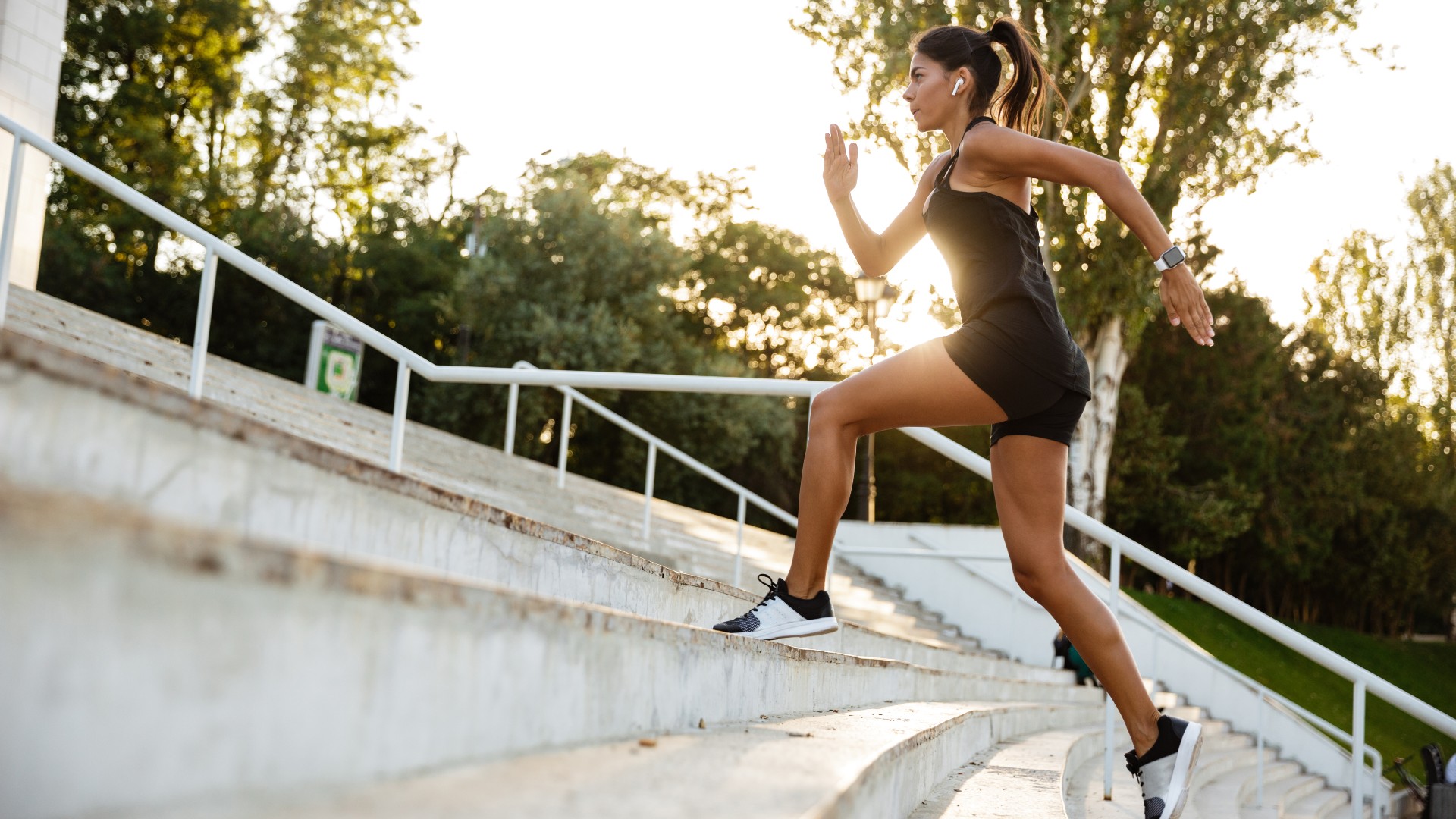
This is my bread and butter, and I rate it as one of the best ways to bulletproof the body against injury. You can build all the strength in the world, but if your joints are immobile and muscles are tight, you’ll struggle to move properly.
As pointed out during the video, stretch-strength is described as “yoga and lifting combined.” I don’t expect this to mean adding dumbbells to your downward dog.
I recommend practicing yoga, Pilates, or a gentle stretching and mobility routine several times a week alongside lifting weights a couple of times per week, even once if you don't have more time.
As said in the video: “Youth equals flexibility, adulthood equals strength.”
Finding the time to lift weights or build out a well-rounded strength program might seem like hard work, so keep it simple and focus on two full-body resistance sessions per week or between one and three sessions split by upper-body workouts and lower-body strength.
If you’re short on time, add mobility exercises relevant to the muscle groups you’re training before you start exercising, then focus on some light stretching of the same muscle groups afterward.
I like to include a yoga or Pilates session once per week to support my weightlifting efforts.
3. Explore
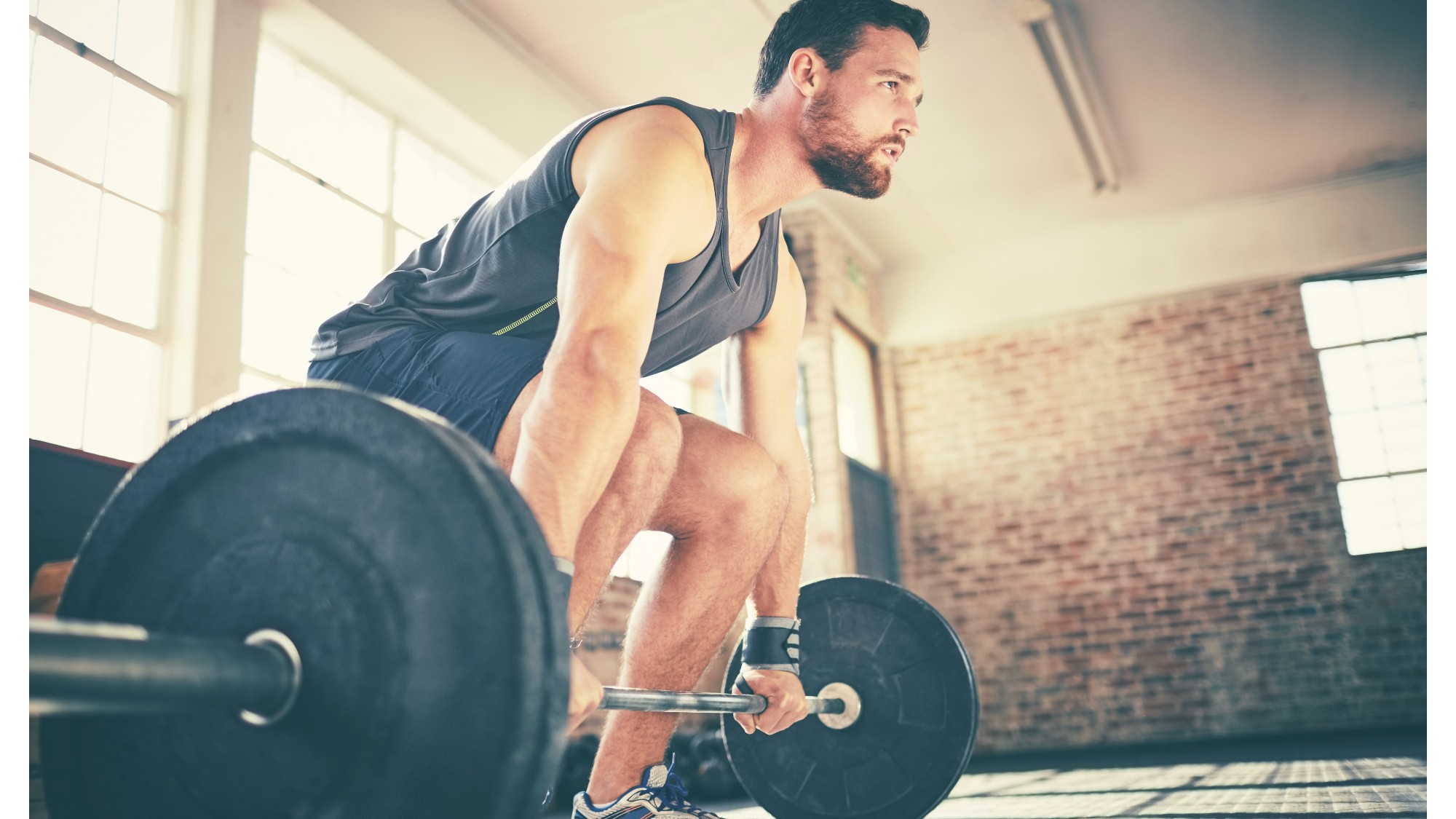
An exercise or workout might seem intimidating, but we’re all capable of trying out the same exercises and seeing what works for our bodies. Besides, learning new skills keeps us mentally sharp and engaged.
For example, a few years back, my dad and I set the target for him to barbell deadlift 100kg by the end of the year — we smashed that target, and he found a new one-rep max in an exercise he didn’t know existed until earlier that same year.
It’s never too late to learn something new, and I truly believe there’s something for everyone. If you have an injury, health condition, or are pre- or post-natal, I recommend speaking with a qualified medical professional if you're unsure.
4. Equipment or no equipment
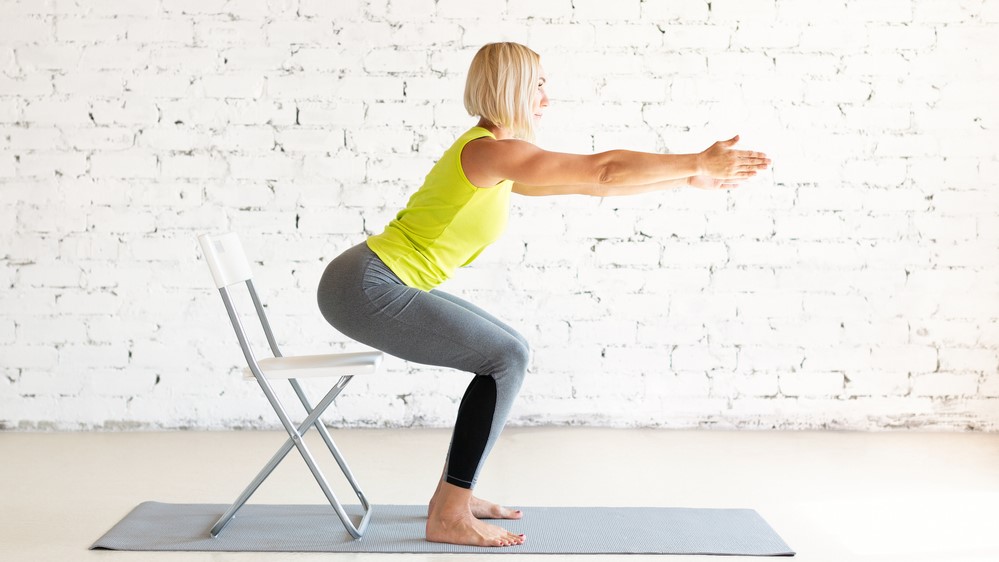
You don’t need a home gym or even a public gym to exercise, but it is a common barrier for people. Instead, think outside the box by using anything you can find outdoors or at home to exercise with.
Sofas, park benches, chairs, monkey bars, or even stairwells work. I’ve been known to program a few staircase workouts — it’s incredible how effective the stairs can be for lunges, squats, push-ups, and even cardio.
Remember, a lot of effective mobility exercises can be done on an exercise mat using your bodyweight or even a resistance band or yoga block, so don’t be overwhelmed by the options. And the same can be said for bodyweight workouts, too.
I’ve included a short mobility routine you can follow below to help you get started.
A post shared by Sam (@sam_stretchstrongco)
A photo posted by on
More from Tom's Guide
- Forget running and swimming — study finds this sport adds 10 years to your life
- Forget sciatica, this 2:1:2 method can relieve back pain in just 10 minutes, according to a physiotherapist
- New study shows you can exercise less and see better results — here’s exactly how

Sam Hopes is a level 3 qualified trainer, a level 2 Reiki practitioner and fitness editor at Tom's Guide. She is also currently undertaking her Yoga For Athletes training course.
Sam has written for various fitness brands and websites over the years and has experience across brands at Future, such as Live Science, Fit&Well, Coach, and T3.
Having coached at fitness studios like F45 and Virgin Active and personal trained, Sam now primarily teaches outdoor bootcamps, bodyweight, calisthenics and kettlebells.
She also coaches mobility and flexibility classes several times a week and believes that true strength comes from a holistic approach to training your body.
Sam has completed two mixed doubles Hyrox competitions in London and the Netherlands and finished her first doubles attempt in 1:11.
You must confirm your public display name before commenting
Please logout and then login again, you will then be prompted to enter your display name.

